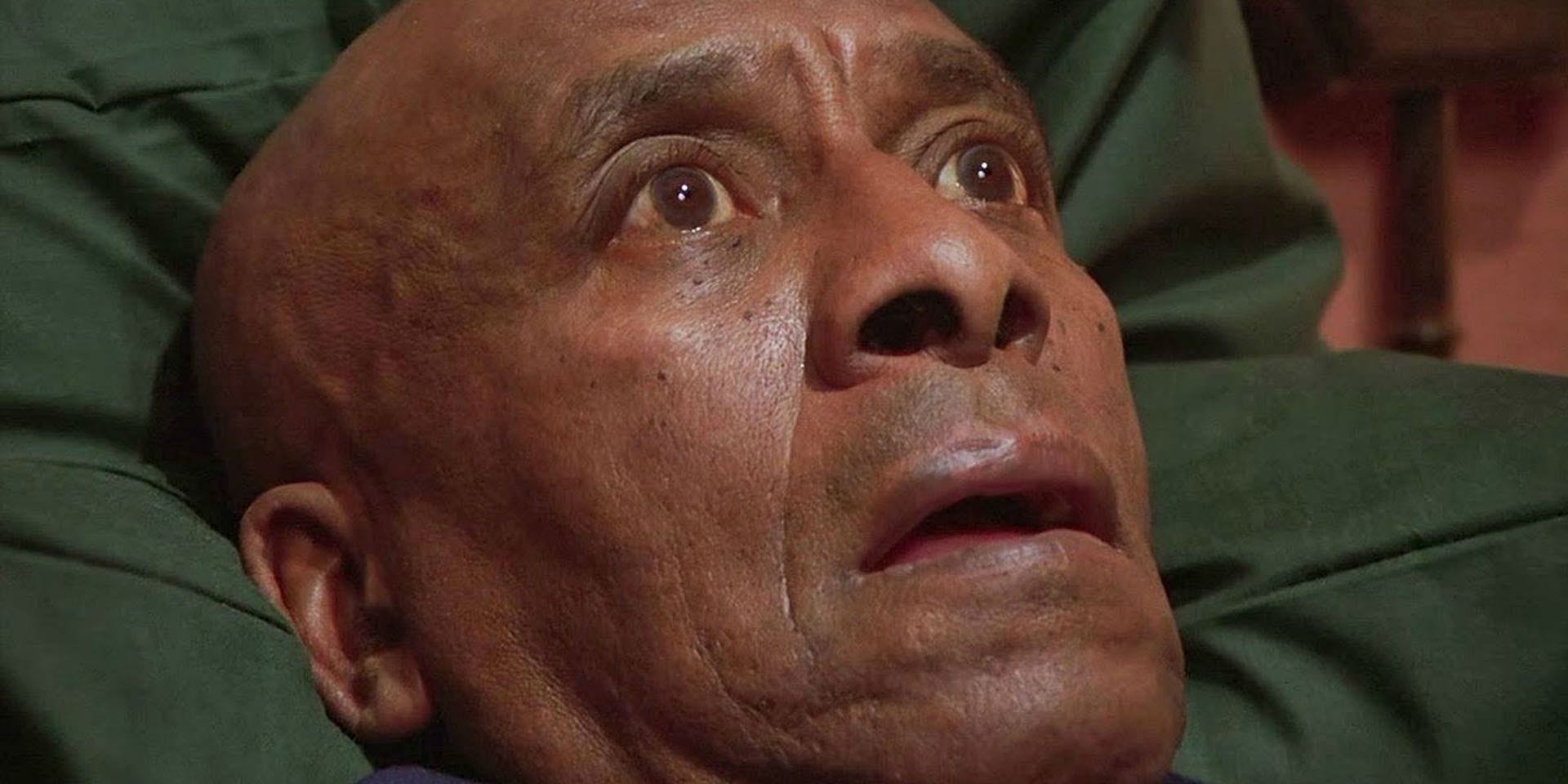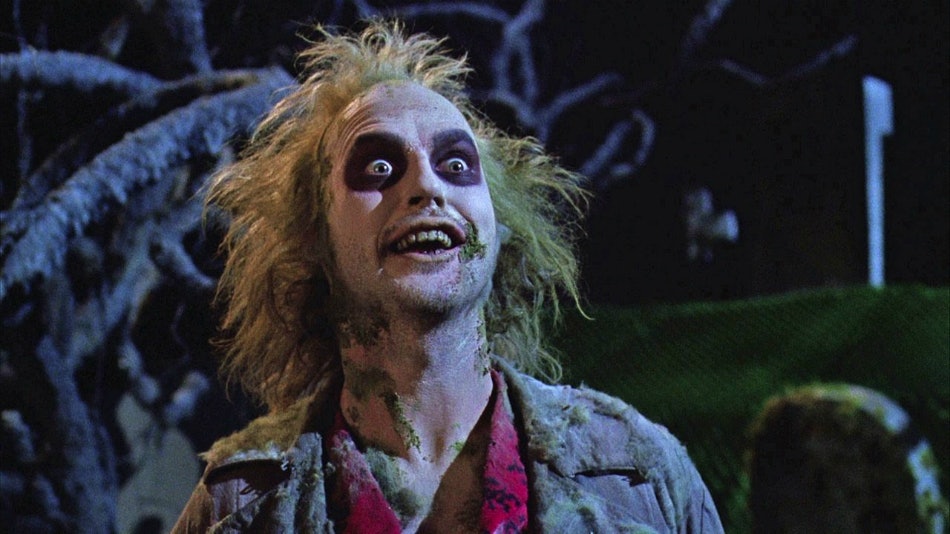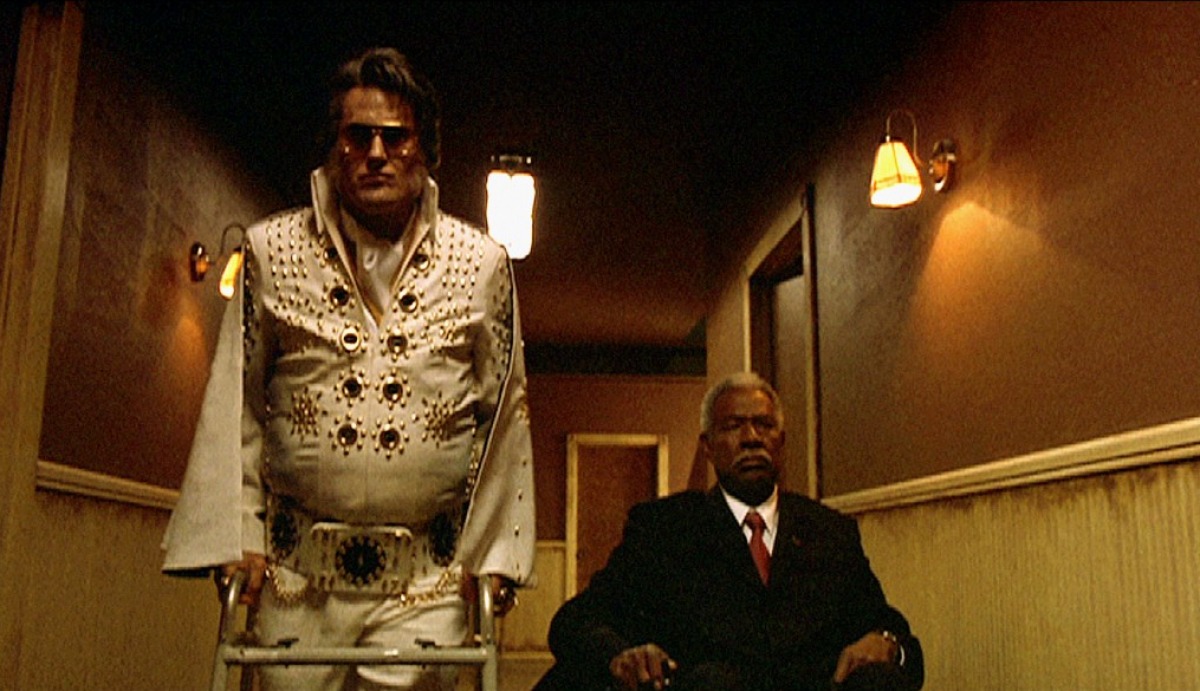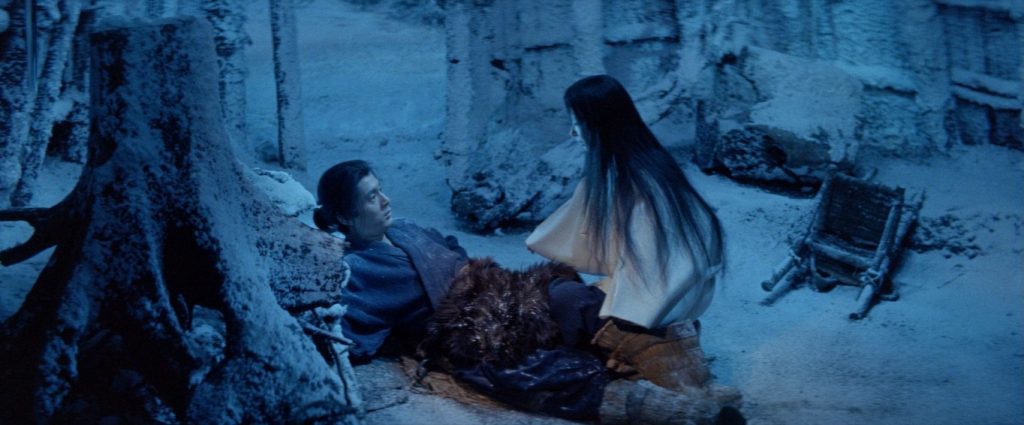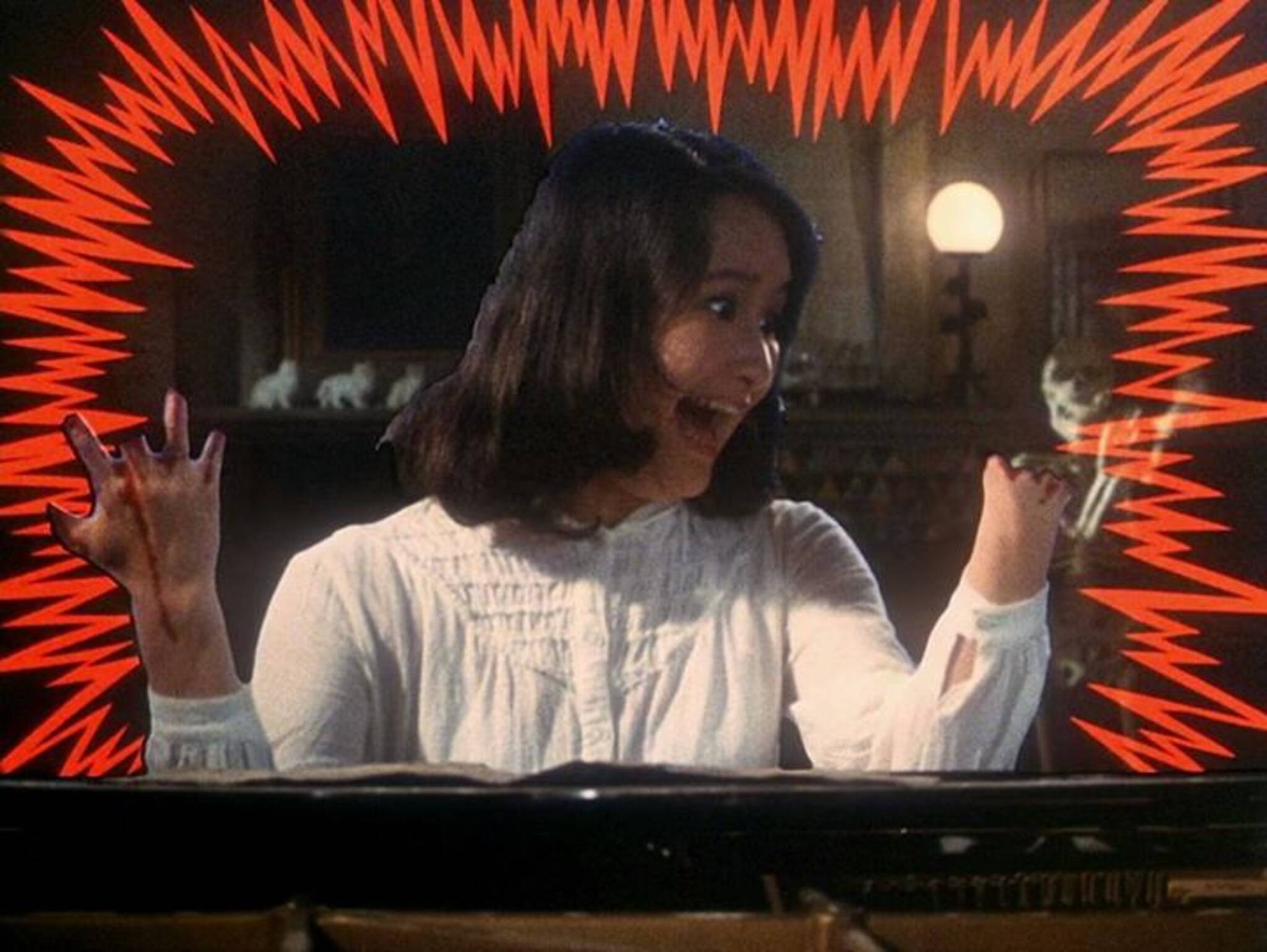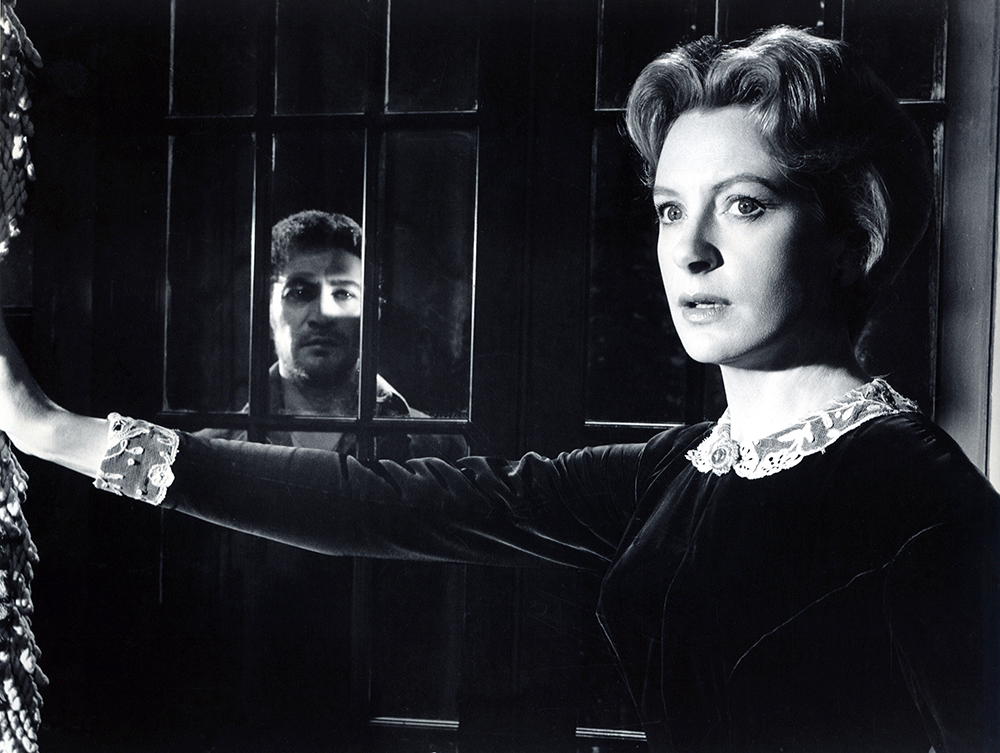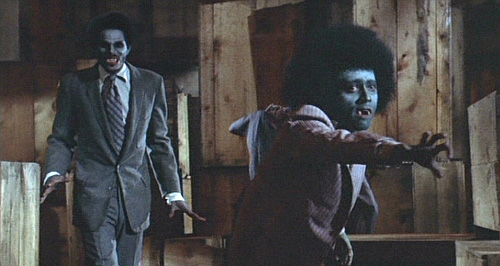Vampires, witches, and ghosts. Old hat. Let’s get some solid scary alien and zombie flicks on the TV tonight.
Aliens

This Howard Hawks production is a great example of 1950s sci-fi sensibilities. The Thing from Another World (1951) comes from the golden age of sci-fi and perfectly blends elements of horror. An alien is thawed out in a remote polar research facility and proceeds to pick the personnel off. Classic American science versus military narrative (but science is the villain here). Crackling, witty dialogue and some spooky snow terror mayhem.

Embrace the paranoia of everyone you know being replaced by an alien pod copy. It’s Invasion of the Body Snatchers (1956)! An absolute classic that feels straight out of the Twilight Zone. The terror of conformity surges through our button-down protagonist’s veins.

Evil kid movies feel like their cheating a bit. Kids are already pretty weird and creepy and Village of the Damned (1960) casts them as demonic alien entities invading a small town and causing trouble by controlling people’s minds. And only George Sanders can save the day!
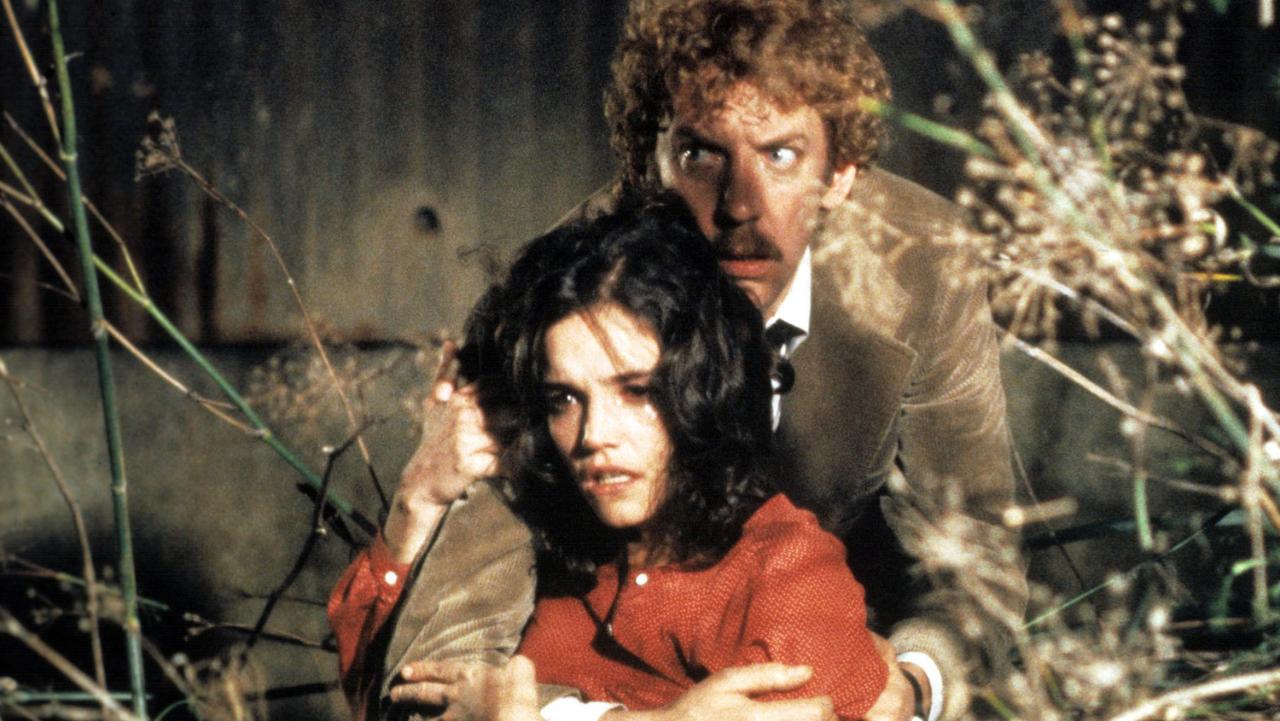
I enjoy this Invasion of the Body Snatchers (1978) more than the original. It dials up the grit and goo and the horror, while still remaining classy. Leonard Nimoy and Jeff Goldblum co-star in this masterful invasion flick.
![What 'Memory: The Origins of Alien' Reveals About the Sexual Metaphors in the 1979 Film [Interview] - Bloody Disgusting](https://bloody-disgusting.com/wp-content/uploads/2019/01/alien-1979-ridley-scott-sigourney-weaver-xenomorph-walter-hill.jpg)
Ridley Scott’s best movie, for my money, will always be Alien (1979). Sigourney Weaver kicks ass on board the spaceship Nostromo as we follow the horrific life cycle of a xenomorph. Absolutely brilliant film.

I do love the original, but John Carpenter’s remake of The Thing (1982) is something wholly unique. This time the alien is a changeling. It becomes the snowbound men it kills, ratcheting up the paranoia and terror. Great practical effects from Rob Bottin make this a truly memorable sci-fi horror flick.
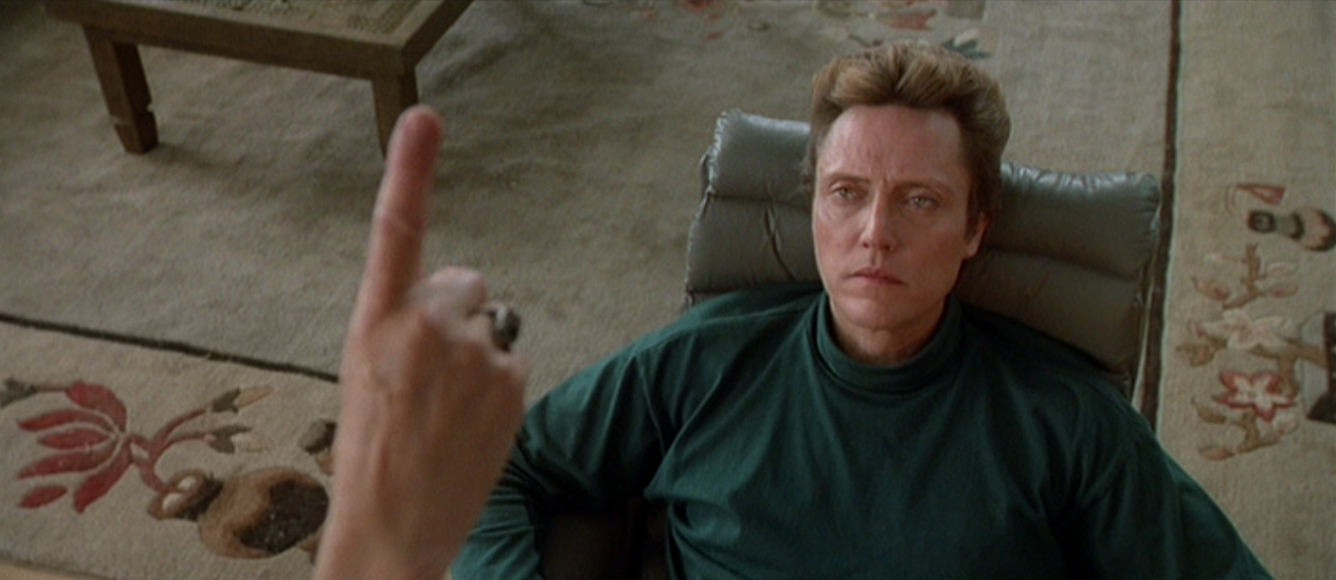
I still haven’t seen Fire in the Sky, but I will recommend Communion (1989). Christopher Walken plays a man who has been having weird dreams that are hard to remember. Is he going insane or is he the victim of recurring alien abductions? The scenes with the aliens are the stuff of nightmares. They don’t make sense. The logic becomes muddled and the images are confounding. And that’s part of the point. We are perhaps not meant to understand.

Part action movie and part crime drama, Attack the Block (2011) is an explosive bit of British sci-fi filmmaking. Inventive monsters and plenty of cockney hip-hop swagger.

Edgar Wright closes his Cornetto Trilogy with some biting satire and robotic aliens full of blue goo in The World’s End (2013). A midlife crisis pub crawl reminds us all that “you can’t go home again.”

Jonathan Glazer’s Under the Skin (2013) may be a bit slow and arty, but for those with patience, it is an elegantly tragic slow-burn horror. Scarlet Johansson is an alien on a mission to lure young, horny Scotsmen to their nightmarish deaths. It may not be for everyone, but I absolutely loved it.

Richard Stanley enlists Nicolas Cage for his adaptation of Color Out of Space (2019). A meteorite lands on Earth and starts to change everything around it. Imagine a brainless, schlocky version of Annihilation with a touch of The Thing and you’re probably on the right track.
Zombies
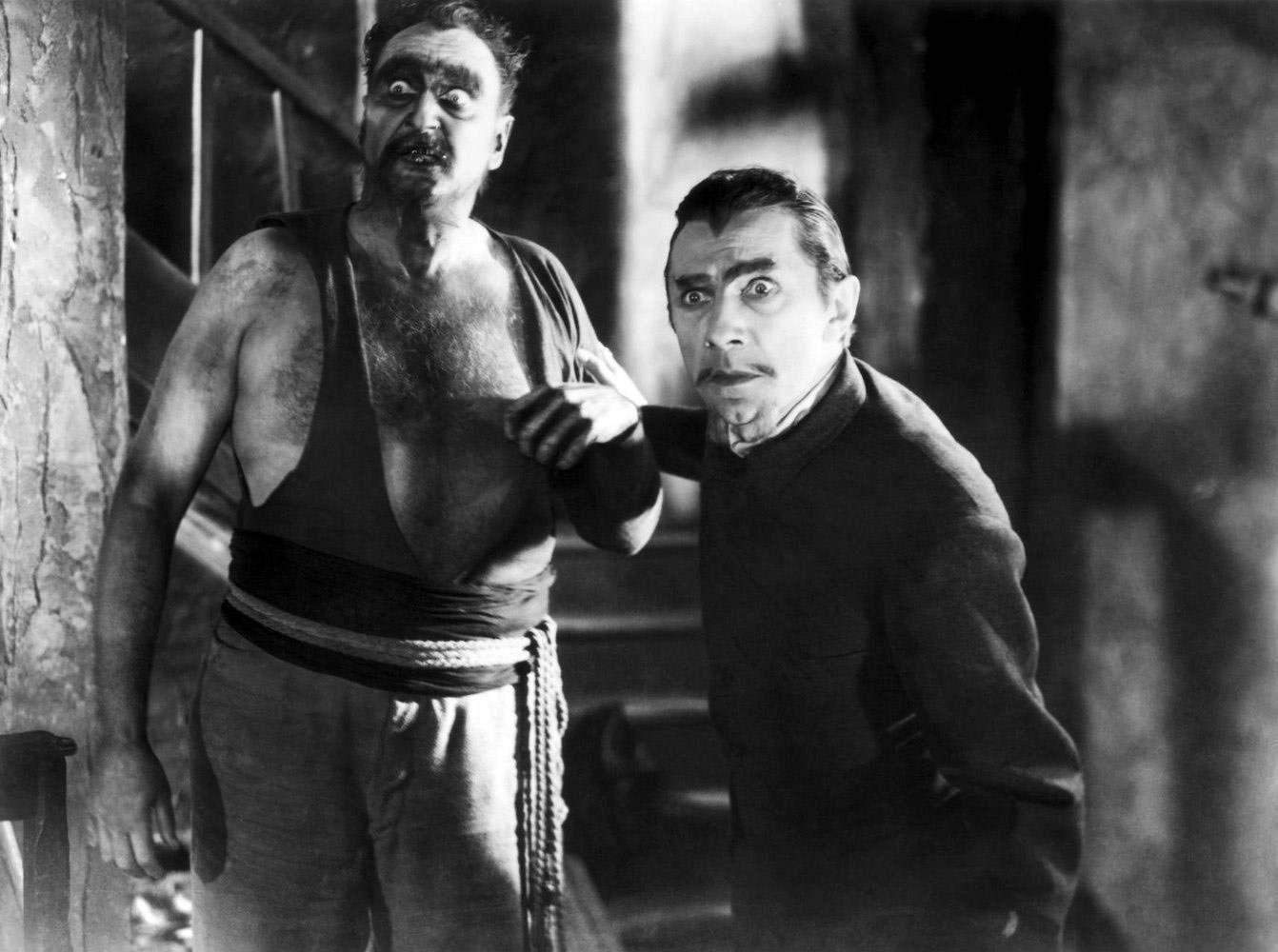
While White Zombie (1932) may not be a spectacularly great film, it does have a couple things I like: Bela Lugosi and a creepy sugar plantation operated by zombies. Believed to be the first zombie movie, its monsters are more of a conceptual horror. The idea that your body can be controlled by voodoo magic rather than flesh eating monsters is the real threat.
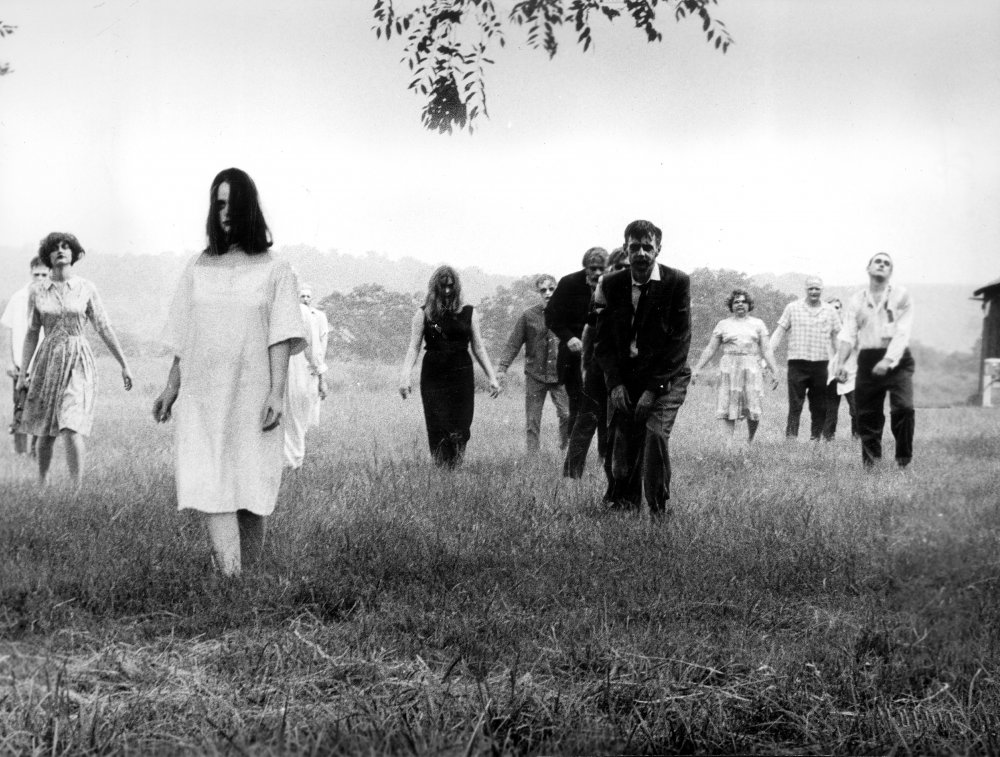
George A. Romero invents a new kind of monster in Night of the Living Dead (1968), a prescient and frightening bit of American horror with some added social commentary. The dead rise and trap several strangers in a house.

Romero dials up the satire and the gore for Dawn of the Dead (1978). Zombies have taken over and a small gang of survivors try to get supplies from a shopping mall that has been abandoned by all but the walking dead. Night may have invented the genre, but Dawn perfected it.

Dan O’Bannon took zombies in a slightly different direction. Tonally, Return of the Living Dead (1985) is goofier, but no less bleak. This time, you can’t kill the zombies…presenting a bit of an obvious problem for our heroes. Maybe not as insightful as the Romero movies, but Return is still one of my favorite examples of the genre.

Space aliens jettison a pod of some unknown pest off their ship. Turns out they’re brain eating slugs that turn their hosts into the undead. And they’re loose on Earth! And on prom night!! Night of the Creeps (1986), directed by Fred Dekker, boasts some creepy crawlies and maybe Tom Atkins most fun performance.

Romero can make the list twice, so can Carpenter. They Live (1988) is classic 80s American anti-consumerist satire starring Rowdy Roddy Piper. When a drifter discovers a box of mysterious sunglasses that allow the wearer to see the world as it truly is (a corporate zombified hellscape of propaganda and conformity), it becomes his mission to tell the world. Or at least have a comically extended alley fight with Keith David.
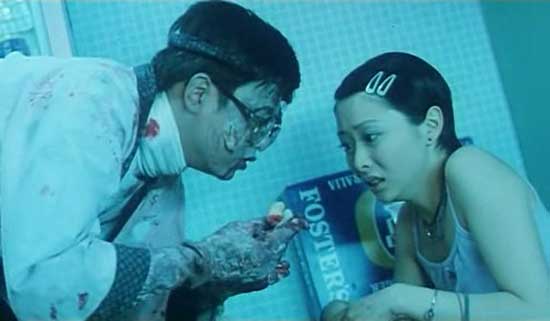
Hon Kong horror-comedy, Bio Zombie (1998), puts a pair of two-bit hoodlums, Woody and Buzz (and their girlfriends, Jelly and Rolls), in an underground mall that is becoming infected with a zombie virus that might just end the world. Fun, funny, and as grim as any of the films on this list.

I generally don’t like my zombie movies super serious and literal, but 28 Days Later (2000), directed by Danny Boyle, is the exception. It actually treats its undead threat with a seriousness that usually doesn’t work, but the characters are so compelling that it does become a solid suspense thriller.

Edgar Wright again. Shaun of the Dead (2004) was the first time a lot of North Americans saw Simon Pegg and Nick Frost. And we fell in love. This survivalist horror-comedy is soaked in gore, but for all the slick and quick wit, it always treats its threat with tragedy and terror.
![Exclusive] 'Pontypool' Spinoff Coming Soon and Direct Sequel in the Works! - Bloody Disgusting](https://bloody-disgusting.com/wp-content/uploads/2017/12/Pontypool.jpeg)
Pontypool (2008) is a brilliant Canadian horror movie set in a church basement radio studio. Stephen McHattie shines as the shock jock who keeps getting ominous calls and reports from the outside world until the scares are breaking in. This zombie virus is spread through a clever twist.
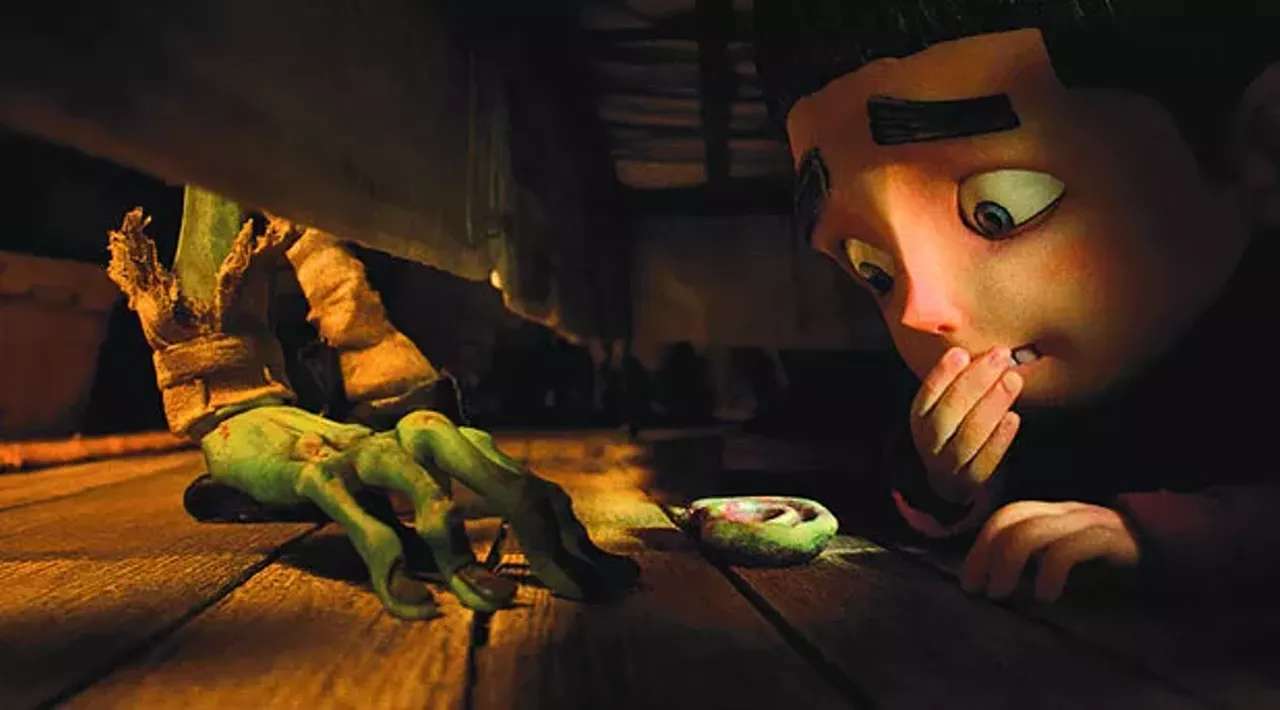
Why not? Laika Studios’ ParaNorman (2012) gives kids a solid zombie flick they can call their own. Norman can see and talk to ghosts, but zombie pilgrims rising from the grave is a whole other story. Great animation, humor, and heart.

